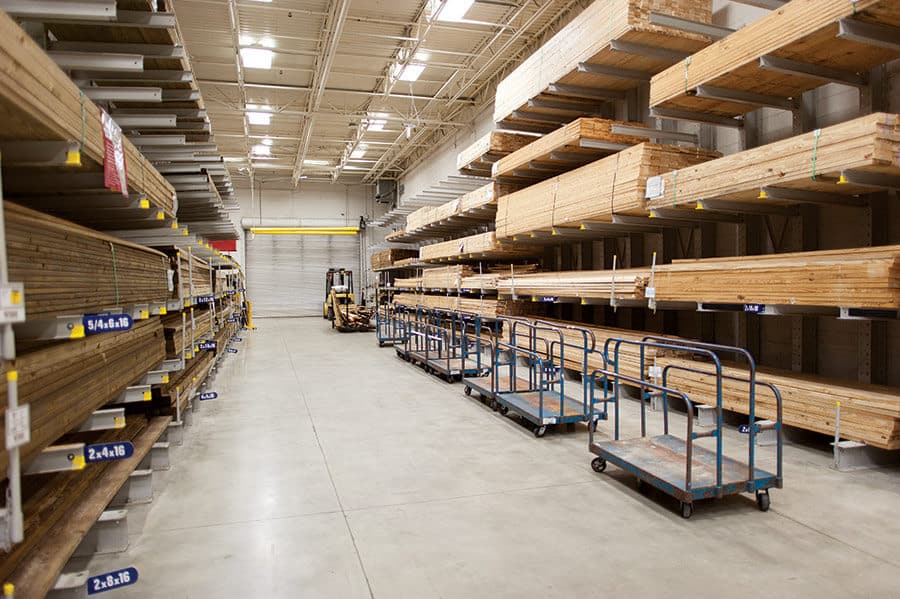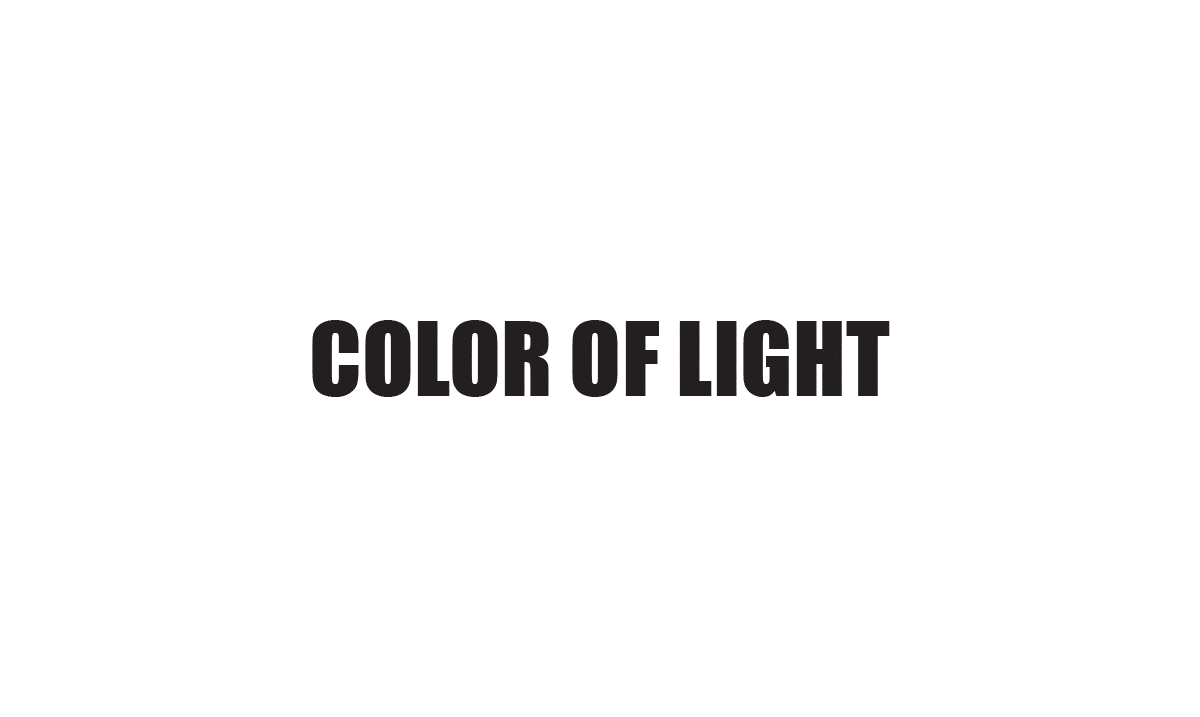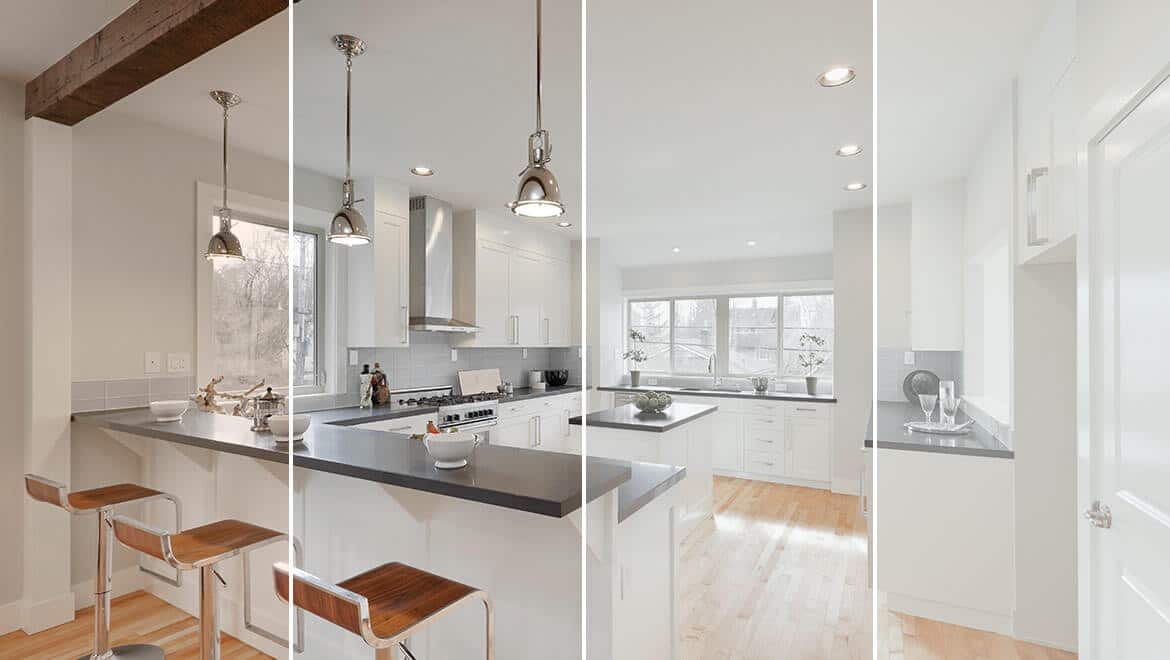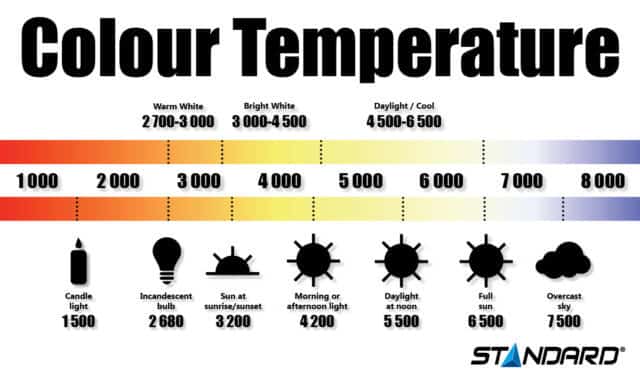Colour temperature is measured in Kelvin and varies from warm, for a cozy atmosphere, to cool for a clean and modern look. Choosing a colour temperature is very subjective and everyone has his own preference when creating an ambiance. To help you select the right colour temperature for your setting, we have created a short guide. Choose your application below and select the colour temperature most suited to your needs.
Residential

- Warm White (2 700 K): Welcoming, smooth and relaxed lighting. Emphasizes reds and yellows to create a comfortable living space!
- White (3 000 K): Dynamic and even lighting. Create a neutral light for a friendly and relaxed environment!
- Cool White (4 000 K): Radiant, clean and stimulating lighting. Design a space perfect for reading with a modern look!
Restaurant Application

- Ambiance Amber: Comfortable and stylish lighting. Create an atmosphere that has character and charm!
- Warm White (2 700 K): Welcoming and smooth lighting. Highlights reds and yellows to create an inviting space!
- White (3 000 K): Dynamic and even lighting. Create a neutral light for a friendly and relaxed environment!
- Cool White (4 000 K): Radiant, clean and stimulating lighting. Use this crisp light to create a modern look!
Commercial Office Application

- Warm White (2 700-3 000 K): Welcoming and smooth lighting. Highlights reds and yellows to create an inviting space!
- White (3 500 K): Dynamic and even lighting. Create a neutral light for a balanced environment!
- Cool White (4 100 K): Radiant, clean and stimulating lighting. Helps increase contrast, perfect for task lighting and work environments!
- Daylight (5 000 K): Pleasant and luminous lighting. It imitates sunlight to create a stimulating and lively environment!
Warehouse Application

- Warm White (3 000 K): Smooth lighting. Highlights reds and yellows; it is ideal for smaller warehouses!
- White (3 500 K): Dynamic and even lighting. Create a neutral light for a balanced environment!
- Cool White (4 100 K): Radiant, clean and stimulating lighting. It helps increase contrast, perfect for large warehouses!
- Daylight (5 000 K): Pleasant and luminous lighting. It imitates sunlight to create a stimulating and clean environment!
In conclusion


